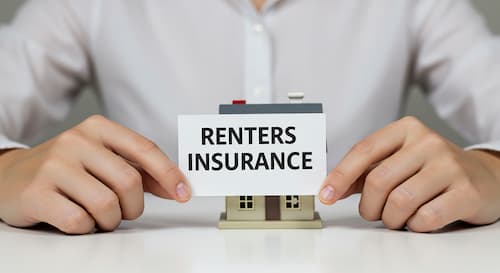How does homeowners insurance work during a wildfire evacuation?
If a wildfire forces you to evacuate, your homeowners insurance will help cover temporary housing costs through loss of use or additional living expenses (ALE) coverage.
This benefit also applies if you’re unable to live in your home during repairs. Keep all receipts for lodging, food and related expenses to ensure proper reimbursement from your insurer. Remember that there are limits to this coverage; it will only pay reasonable expenses that are above and beyond your usual expenses.
Homeowners insurance after a wildfire: What you need to know
Wildfires, accidental fires and most other causes of fire are covered by homeowners insurance. Homeowners insurance typically covers:
- Accidental fires
- Wildfires or forest fires
- Electrical fires
- Fires from lightning strikes
- Arson by a third party
Further, if you’re a condo owner or a renter, learn more about how these policies can help you in the aftermath of a wildfire.
How does auto insurance protect wildfire victims?
Comprehensive insurance, also called “other than collision” coverage, protects your vehicle from damage not caused by a crash. It covers theft, vandalism, fire, natural disasters (such as wildfires), falling objects and animal strikes.
Comprehensive coverage helps drivers by covering damage to their vehicles caused by wildfires, such as fire damage, smoke damage, or destruction from falling debris. It pays to repair or replace your car up to its actual cash value. This coverage can be essential if your vehicle is impacted by a wildfire, whether at home or on the road.
How to file a wildfire damage claim: Steps to take immediately
If your home is damaged by a wildfire, your homeowners insurance will typically cover the loss, but it’s crucial to file a claim as soon as possible. Due to the widespread damage that wildfires cause, insurance companies often have many claims, so acting quickly will help expedite your process.
Here’s a step-by-step guide to filing a wildfire claim:
- Contact your insurer immediately: Call your insurance company’s claims number to start the process. An insurance professional will guide you through the following steps.
- Work with the insurance adjuster: An adjuster will visit your home when it’s safe to assess the damage. Be prepared to provide a “proof of loss” form, along with documentation such as photos, receipts and serial numbers.
- Obtain repair estimates: Get quotes from reputable contractors. Some insurers may recommend specific companies, but you can choose your own.
- Stay on top of deadlines: Each step in the claims process has its own set of deadlines, which can vary by insurer and state. Make sure to meet all deadlines and provide the requested paperwork on time to avoid delays in your claim.
If your home is uninhabitable due to severe damage or a mandatory evacuation, your homeowners insurance policy can cover temporary living expenses. Ask your insurer which hotels or temporary housing options are covered and which additional expenses qualify. Keep all receipts for lodging, meals and other costs.






